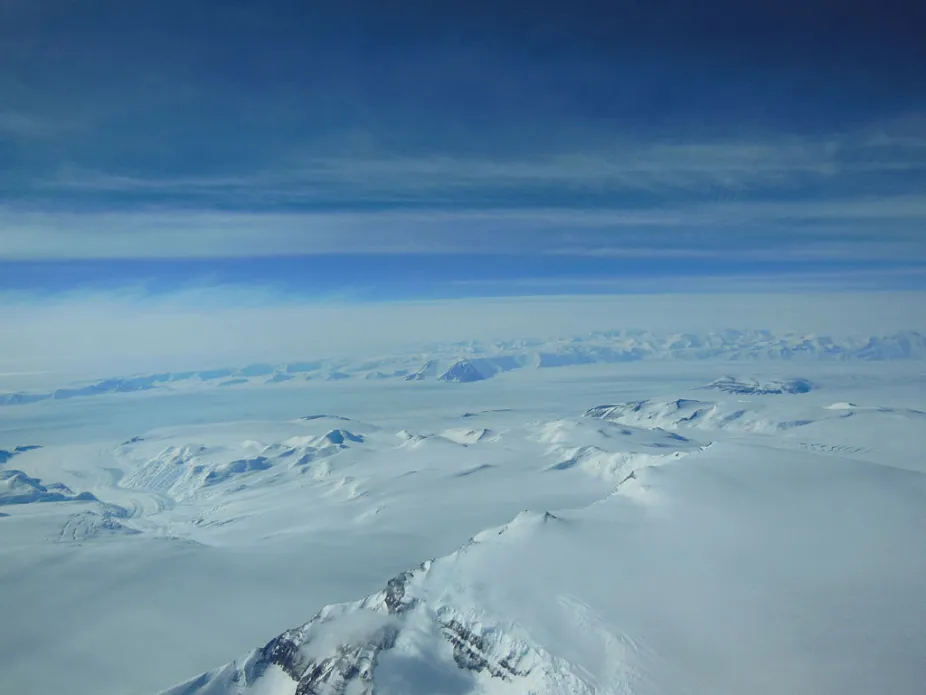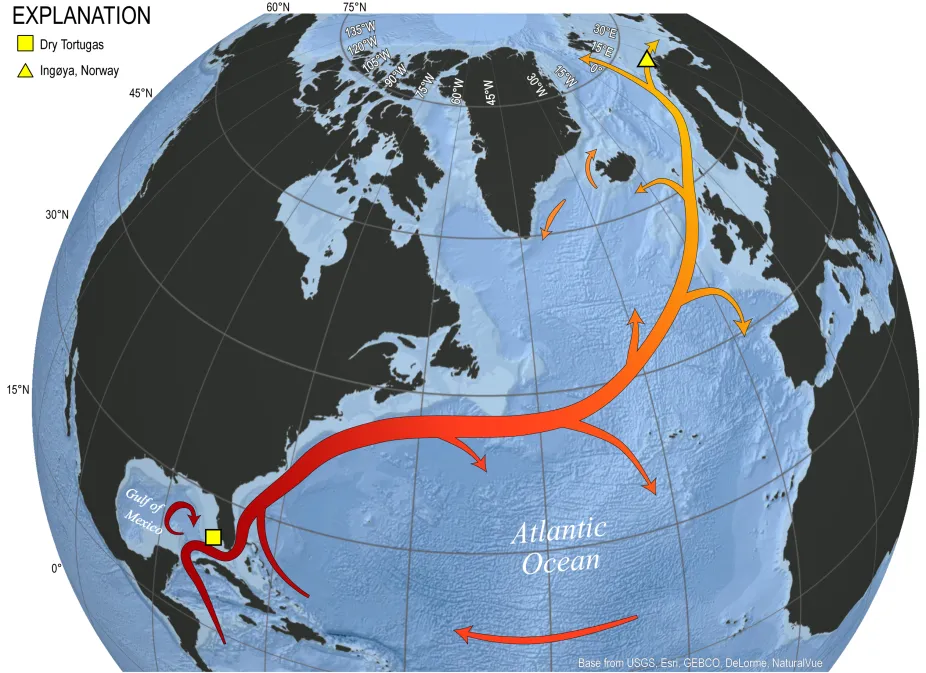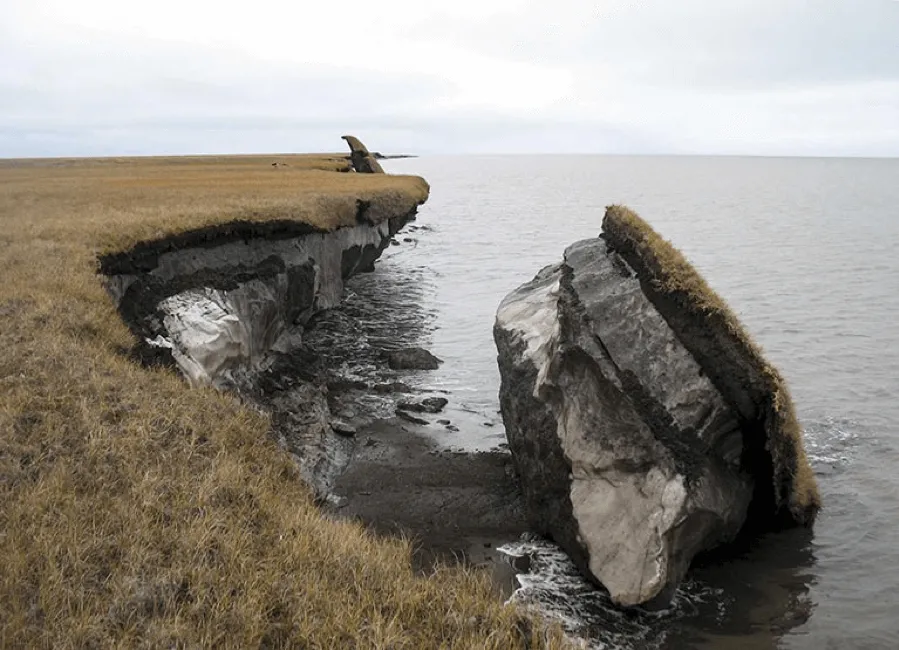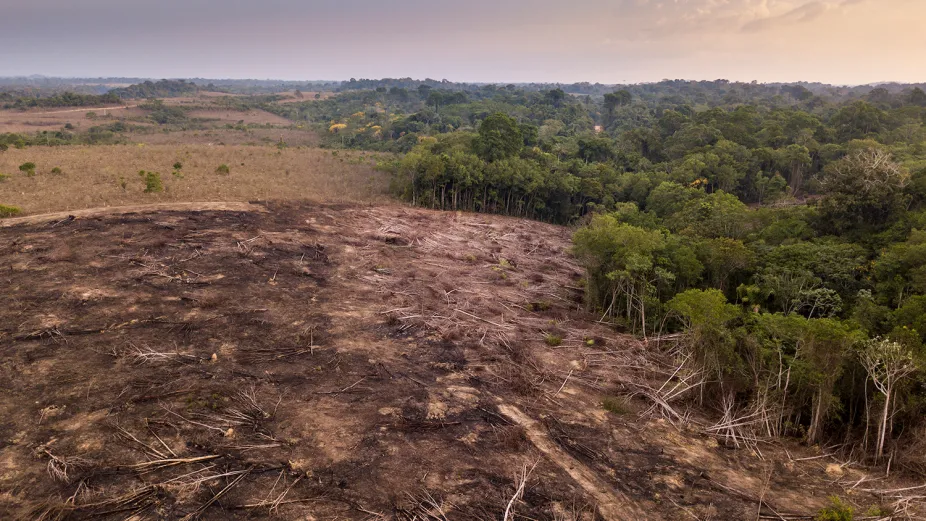Climate Tipping Points
The Climate System Has Many Tipping Points
Scientists have identified a number of tipping points within the climate system. These tipping points occur, in part, because of the interactions within the Earth system, particularly as the planet warms. In terms of climate change, 1.5°C of warming has often been put forth as the temperature threshold to stay within to avoid the most severe and irreversible impacts. Scientists and policy makers have been hopeful that as long as global temperatures did not increase more than that threshold, our Earth system could perhaps avoid crossing key tipping points. This is important, because once a tipping point is crossed, there is no clear or easy way to bring that part of the system back into balance. Crossing a tipping point means irreversible change.
As of 2020, a 1.1°C increase in the average global temperature at Earth’s surface has already been observed. Scientists are studying the current changes happening to our planet to determine how close things are to crucial tipping points. They are concerned that the climate system has already crossed some tipping points, as detailed below, and could be on the brink of crossing others.
Melting Ice Sheets

Between 2002 and 2020, Antarctica has lost an average of 150 billion tons of ice per year. The Greenland ice sheet has been losing about 280 billion tons per year, and the rate of ice loss in both regions is accelerating.
NASA/Christy Hansen
The loss of ice sheets in the cryosphere, or frozen parts of the planet, is a significant tipping point: if enough ice is lost, the result will change Earth’s albedo, and the planet will absorb more heat. More absorbed heat means more warming, which causes more ice melt, and the positive feedback loop continues. Losses of portions of the Antarctic ice sheet are believed to already have passed the tipping point. This means that these ice sheet losses are now occurring at a rate where they cannot be reversed. The continuing losses of the Antarctic ice sheet also means an ongoing rise in sea levels over the coming centuries.
Greenland ice sheet losses are considered to be on the brink of crossing the tipping point. The positive feedback loop set up by ice melt within the cryosphere will affect both the hydrosphere and biosphere. As sea levels rise, fragile habitats within coastal ecosystems and human populations and infrastructure along coastlines are all at risk. But those are not the only effects as ice sheet losses reach a tipping point: melting of the ice sheets can have profound and unintended consequences for other components of the climate system, as we’ll learn about next.
Ocean Circulation

The Gulf Stream transports warm ocean water from the Gulf of Mexico northeastward across the Atlantic Ocean. A weakening of this current represents a tipping point with strong impacts for both North America and Europe.
US Geological Survey
One of the most dramatic effects of the melting of the ice sheets is the possible impact on ocean circulation. As the ice sheets melt, the cold water flowing into the oceans will affect ocean circulation by slowing down or weakening major ocean currents like the Gulf Stream. Already there is evidence that the Atlantic Meridional Oceanic Circulation (AMOC), a large system of ocean currents that circulates water in the Atlantic Ocean, is weaker now than at any time in the past millennium. The effects of a weaker Gulf Stream will be observable in regional weather patterns, leading to potentially cooler temperatures in Europe but higher temperatures for states in the southeast and mid-Atlantic U.S. A slowdown in the Gulf Stream would result in warmer waters along the East Coast and accelerate sea level rise in vulnerable areas.
Melting Permafrost

Permafrost is a subsurface layer of soil that remains frozen year-round. It is particularly prevalent in polar regions. As the climate warms, permafrost melts and releases methane (a greenhouse gas) into the atmosphere, setting up a positive feedback loop that scientists fear is nearing a tipping point.
NASA
Melting permafrost is another example of an Earth system interaction that may very soon cross a tipping point. Permafrost currently covers about one-quarter of the Northern Hemisphere land mass, mainly in the high polar latitudes. As the planet warms, melting permafrost releases methane, which is a greenhouse gas. More methane in the atmosphere leads to more warming, which causes more permafrost to melt, setting up a self-sustaining, positive feedback loop.
Rainforest Destruction

Rainforests in many parts of the world, and especially in the Amazon region of South America, are being destroyed to create more room for ranching and farmland. The destruction of forests releases stored carbon into the atmosphere, enhancing a feedback cycle of increased carbon and more warming, with the very real possibility of crossing a tipping point.
Paralaxis
Destruction of rainforests within the Amazon represents a possible near-term tipping point in Earth’s biosphere. Trees and forests act to store carbon. When forests are cut down or removed, like in the Amazon, carbon is released into the atmosphere. The added carbon contributes to global warming and can worsen climate change impacts throughout the Earth system.